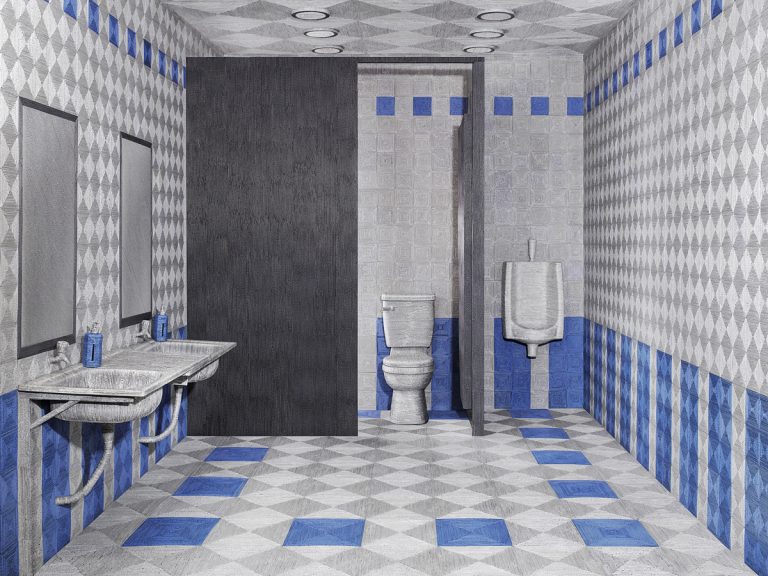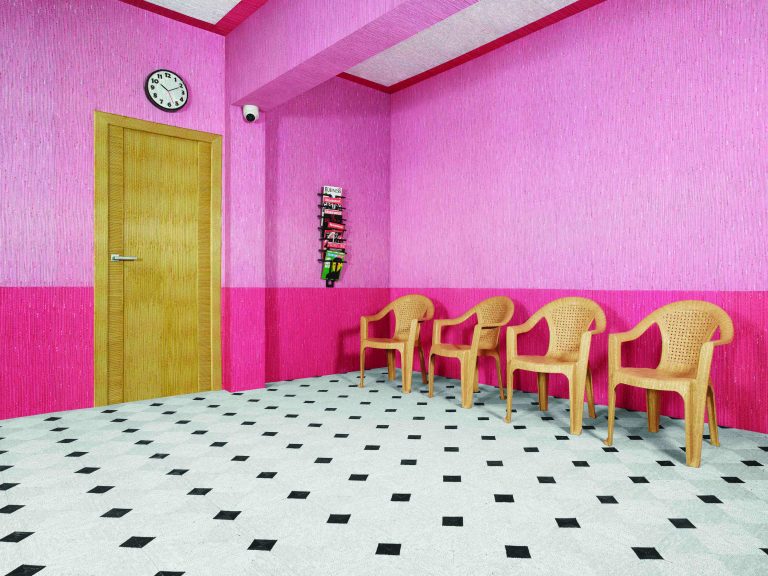It takes Dia Mehta Bhupal anywhere between 12 to 20 months to craft one of her astonishing installations. And that’s no surprise. With the amount of thought and insight that goes behind each project, the final creation speaks louder than words can describe. Dia, originally from Mumbai, today works and practices in Hyderabad, India. She hails from the prestigious Parsons School of Design in New York and graduated with a BFA in Photography in 2006.
The artist extraordinaire effortlessly combines the roles of an architect, designer, craftsperson and photographer in the work she does, and while for most, ones day to day involve the seemingly mundane, for Dia it’s the small things that matter, the simple things that build up and become a part of each day, the connections and varied perceptions that inspire her, and the work she does. In her practice, she’s a force to reckon, creating fine art conceptual images. “I spend a lot of time thinking about what the image will be, and yet, a lot of what I do happens by accident. And as much as I plan, there is still so much that I cannot control,” quips Dia.
Evoking the transitional nature of spaces such as cinema halls, waiting rooms, book stores and more, onlookers begin seeing her creations as patterns rather than plain jane spaces. She explains, “as an artist, I work with the ‘constructed image’, primarily public places, cornering you to a contemplative experience limiting one to observe, reflect and experience the basic realities. In a world saturated with manipulated or mediated images, my work re-evaluates the potential of the photographic medium. The images do not simply depict the world around us, but actively participate in its construction.”
Unapologetically passionate about what she does, Dia makes herself a part of the entire process: she herself constructs the larger than life sets from the ground up and then photographs them. Throughout her journey she has always questioned the notion of how one connects through the visual medium, how one reads images. “I feel that it’s the images of our subconscious that form our connections with the world. We are constantly bombarded with images, and we might not even register everything we see, but still we decipher the elements.” Through her photographs Dia believes that she brings to life a feeling of familiarity. It makes one stop and think, either about their past experiences with that space or the perception of the space, and she believes everyone reacts to each image in their own unique way.
But perhaps one of the most fascinating aspects of Dia’s work is the materials used—like finely spun magazine paper rolls—used with the intention of deconstructing images of aspiration. Her images are repurposed, created with wasted paper, magazines, newspapers, old cardboard boxes, and the likes. It is the use of these materials that further aids the narrative of her work. Look closely and each image reveals the intricate detail: each colour is found in a trashed magazine and cut into a strip and twirled individually, after which rolls are crafted to create a structure. Each roll comes with its own text to create myriad stories from different cultures, time periods and genres, eventually creating a unique environment, she adds, “a parallel to the randomness of individuals experiencing public spaces.”

Dia’s body of work is a reflective process, capturing energy in transition from one experience to another. It is her personal belief that these veiled experiences are the ones that are in fact the most profound. “Over the years I have been greatly influenced by experiences of diversity and duality in concord of having to exist between them. Through geographical relocation, cultural disparities, religious incongruities, ethnic and gender divergence, philosophical extremes along with intellectual and spiritual aspiration, I have grappled paradoxes and learned how to celebrate the moments in between,” explains Dia.
We can’t wait for the artist’s next, awe-inspiring reveal!


